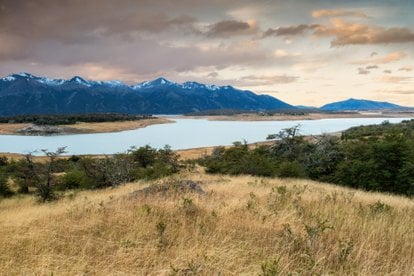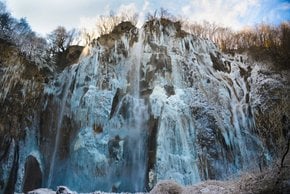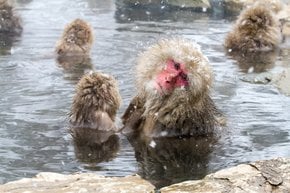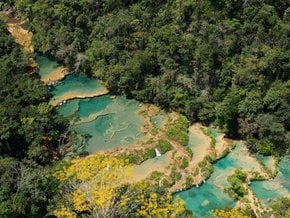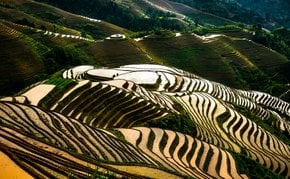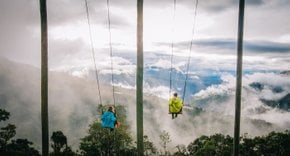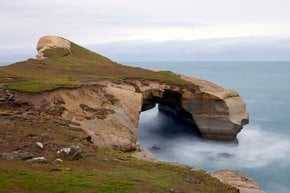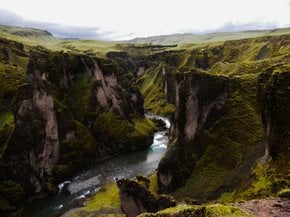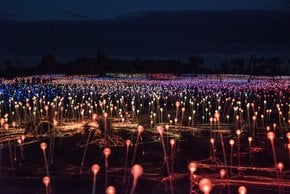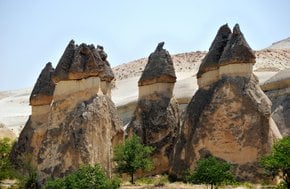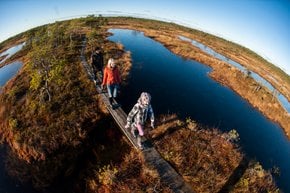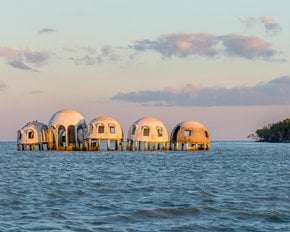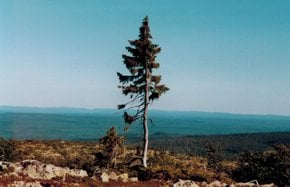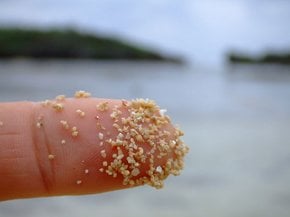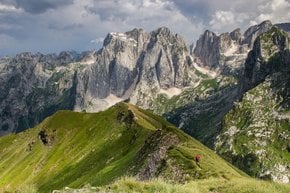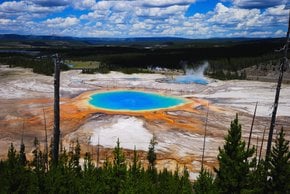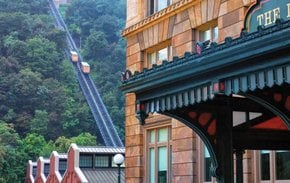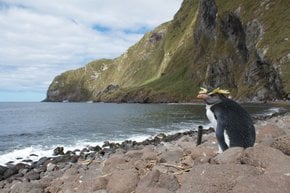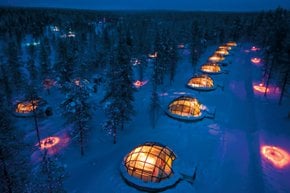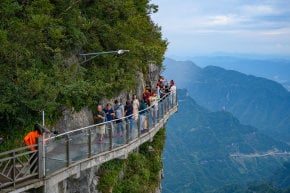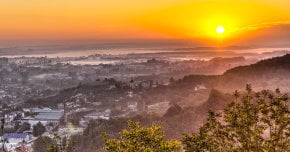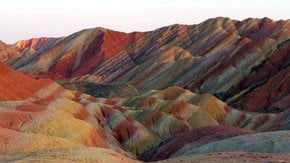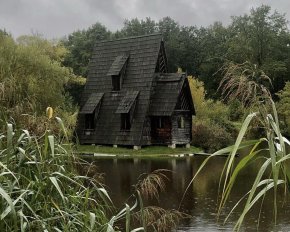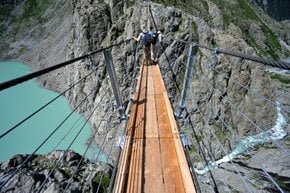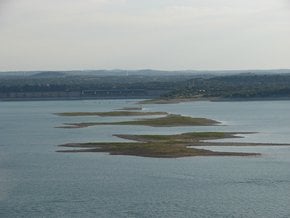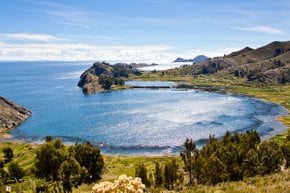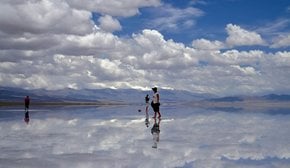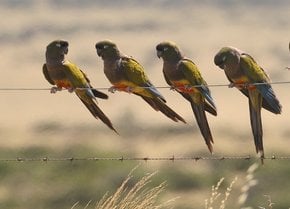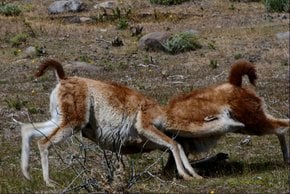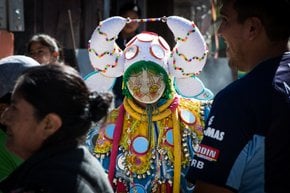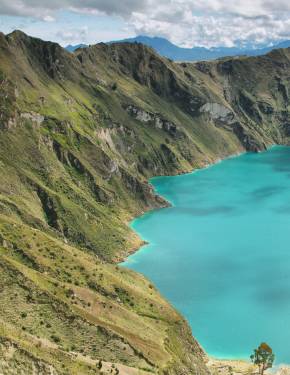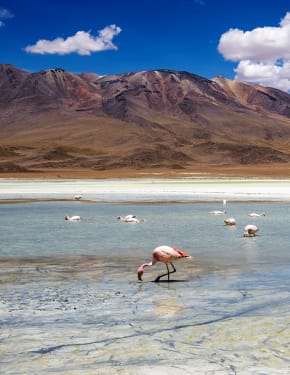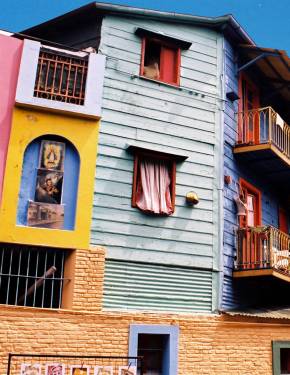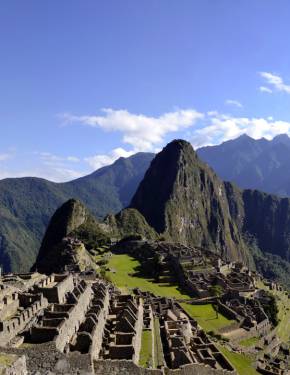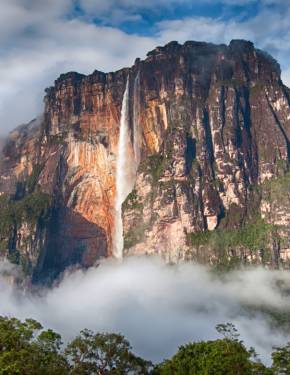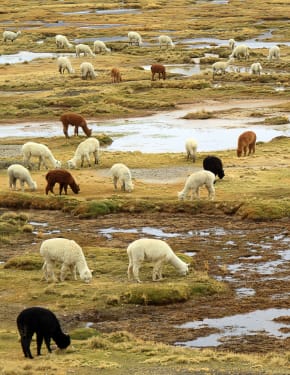Pampas in Argentina 2025-2026
Discover the mythical Pampas with its parks, reserves, and villages, meet face-to-face with gauchos, and learn about Argentina's traditional rural life
Best time: March–May | October–December (all year round)
The vast plains or “prairies” located in central Argentina from the Atlantic coast to the Andean foothills are called The Pampas, meaning "flat surface." The Argentine Pampas is a dry, barren zone with great saline areas and sandy deserts in the west (La Pampa province) and a humid zone in the east (includes part of Buenos Aires province). This territory has long been glorified in songs and folktales. This is where wheat and sunflowers grow.
Best time to visit Pampas
The area may be visited year-round, depending on what weather you prefer—crispy and cold winters or hot and humid summer. The most pleasant season is spring (October-December) and fall (March-May). Weather in the Pampas can range from crisp and cold winters to hot and humid summers, depending on your preference and interest.
Gaucho culture
Gaucho culture is the heart and soul of Argentina’s Pampas region, offering visitors a glimpse into the country’s rich rural traditions and cowboy heritage. The gauchos, Argentina’s version of cowboys, are known for their horsemanship, distinctive attire—including wide-brimmed hats, bombachas (baggy trousers), and leather boots—and their deep connection to the land. Visitors can see traditional estancias (ranches), where they can watch gauchos demonstrate their skills in cattle herding, horseback riding, and lassoing. Many estancias also offer horseback excursions across the vast grasslands. No visit would be complete without sampling a traditional asado (Argentine barbecue), where gauchos cook various cuts of meat over an open flame, often accompanied by folk music and malambo dance performances.
Wineries
The vineyards in Mendoza Province offer tourists a chance to learn about the unique winemaking process behind the famous Argentine wine, renowned for its rich, fruity, and full-bodied taste. Wineries like Bodega Catena Zapata and Trapiche Winery offer guided tours of the sprawling vineyards, allowing visitors to enjoy the stunning countryside and experience the unique landscape.
In the Pampas, there are several authentic villages and towns where you can see many monuments of the colonial heritage of the country. It is worth visiting to get acquainted with the traditions and culture of the local people, their way of life, try dishes of national cuisine, and learn many interesting things about rural life.
Fauna and birdwatching
The Argentine Pampas boasts a diverse fauna, including the Guanacos, jaguars, pumas, and the Andean condors. Liahué Calello National Park is a perfect destination for observing Pampas birds with more than 200 bird species, including the crested tinamou, southern screamer, and the white-rumped monjita. Other national parks nearby, such as Campo de los Alisos National Park and Copo National Park, provide an insight into their rich flora and fauna.

